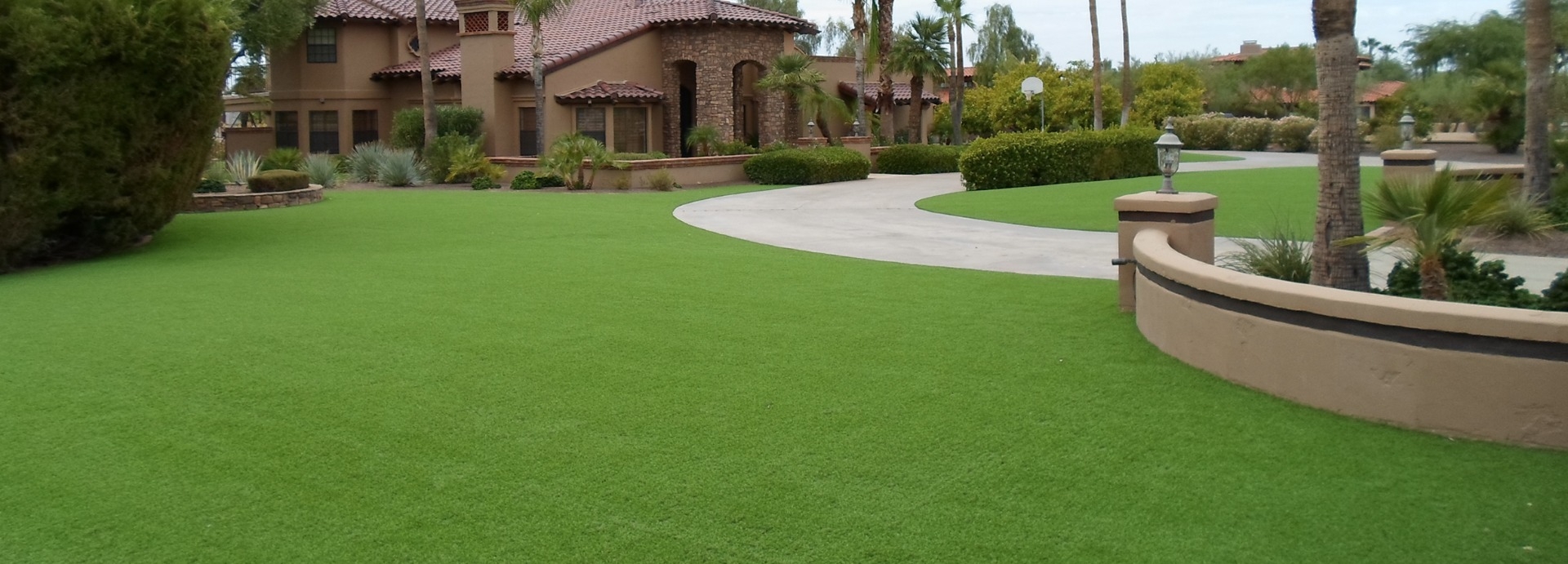Glossary

Glossary of Terms

Antimicrobial
An agent that kills microbes, especially effective on bacteria and/or fungi. Antimicrobial agents are often embedded in the turf fiber during the extrusion manufacturing process or as an additive when combined with the infill. Can be applied topically.
Backing- (Primary/Secondary)
The materials comprising the back of the turf as opposed to the face. Often a double layer using urethane or latex to stabilize and secure the turf fibers for structural integrity.
Drainage Course
In some areas, a drainage course of a larger gradation of stone is used directly under the levelling layer. This creates larger pore space providing for positive permeability of higher amounts of water.
Dye Lot
A dye lot is a record taken during the dyeing of synthetic turf fibers to identify fibers that received its coloration in the same vat at the same time.
Face Weight- (Also known as Pile Weight)
The weight in ounces of the synthetic grass fibers in one square yard of turf.
Fiber Height - (Also known as Pile Height)
The length of the tufts or blades of synthetic grass measured from the primary backing to the tip of the fiber.
Full Roll/Half Roll
Synthetic grass is delivered in rolls. Full rolls are 15’ wide x 100’ in length. Half rolls are 7 1/2’ wide x 100’ in length.
Infill
Infill is the material that is brushed into the profile of the synthetic turf system to provide buoyancy and to give the turf fibers support in order to stand erect. Notable materials used as infill are rounded silica sand, antimicrobial encapsulated sands for pet use, and crumb rubber for athletic purposes. Organic options include the use of ground cork and coconut shells.
Installation Warranty
A warranty offered by an installation company that is directly related to workmanship. Common items would be improper installation, loose seams, poor interface with transitions, wrinkling, and loose panels. Other items may be deemed relevant.
Levelling Course
A layer of stone, often called decomposed granite or quarter minus, that is shaped and compacted for the entire turf system to cover. Being a fine material that is not course, it can be graded, raked, and compacted to provide excellent planarity. The levelling course can also be shaped to provide contours and geographic features often associated with putting greens.
Manufacturers Warranty
This is the direct warranty from the manufacturer regarding materials and the stated integrity of the product. Issues covered include excessive fiber wear, fading, loss of pile height, and tuft bind, (degradation of the backing allowing loose fibers to pull free). Other items may be deemed relevant.
Perforations
For synthetic turf systems designed to be permeable to water, holes are punched into the backing at regular intervals to provide adequate vertical drainage throughout the system.
Planarity
The degree of flatness or “plane” desired for the installation of synthetic grass.
Primary Fiber
The longest and most prevalent tufts or blades visible within a synthetic turf system. Primary fibers are predominantly a polypropylene thermoplastic or, in some cases, nylon.
Seaming Tape
Seaming tape is comprised of a fabric that is installed below the backing material on both sides of a seam to provide dimensional strength and surface texture to bond the seam with adhesive.
Seaming Adhesive
Industrial adhesives are used to bond synthetic turf seams to the seaming tape to create a uniform, gap free joining together of two panels of turf.
Secondary Fiber
A shorter fiber than the primary blade that represents thatch within a synthetic turf system. Secondary fibers most often consist of polyethylene.
Transition
A transition is anywhere the edge of the synthetic grass meets another object. Hardscapes, patios, landscape border, etc.
Total Weight
The total of the face weight combined with the weight of the backing per square yard.
Turf Grain - (Also known as Pile Direction)
Just like natural grass, synthetic turf bends slightly at an angle, this is called the grain. Most often, it is desirable to have the grain stay consistent throughout a project, specifically when seams are utilized.
Turf Nails
Nails are used to hold the turf in place, while providing resistance to shifting, sliding, and lifting of the turf system. Turf nails are commonly 3” to 6” in length, and are used around the perimeter of the synthetic turf as well as on a grid system throughout the overall profile of the project.
Turf Seam
The joining of two panels or edges of separate pieces of turf create a seam. Seams should be uniform with no gaps. In the majority of installations, the turf grain should be matching.
UV Coating
A coating applied to the turf fibers during the extrusion manufacturing process to protect from the harmful UV rays of the sun. When left uncoated, the turf fibers will fade in color and degrade in structure.
Weed Barrier
A thin layer of geotextile fabric that covers the levelling course directly under the backing of the synthetic turf. This barrier deters invasive weeds from attempting to grow through the turf profile.
Window Burn/Melt
Window burn or melt occurs when the directed rays of the sun are reflected in an intense manner directly upon synthetic grass. Most commonly associated with glass window reflection, this can also occur off of metal surfaces, playground equipment, etc.

